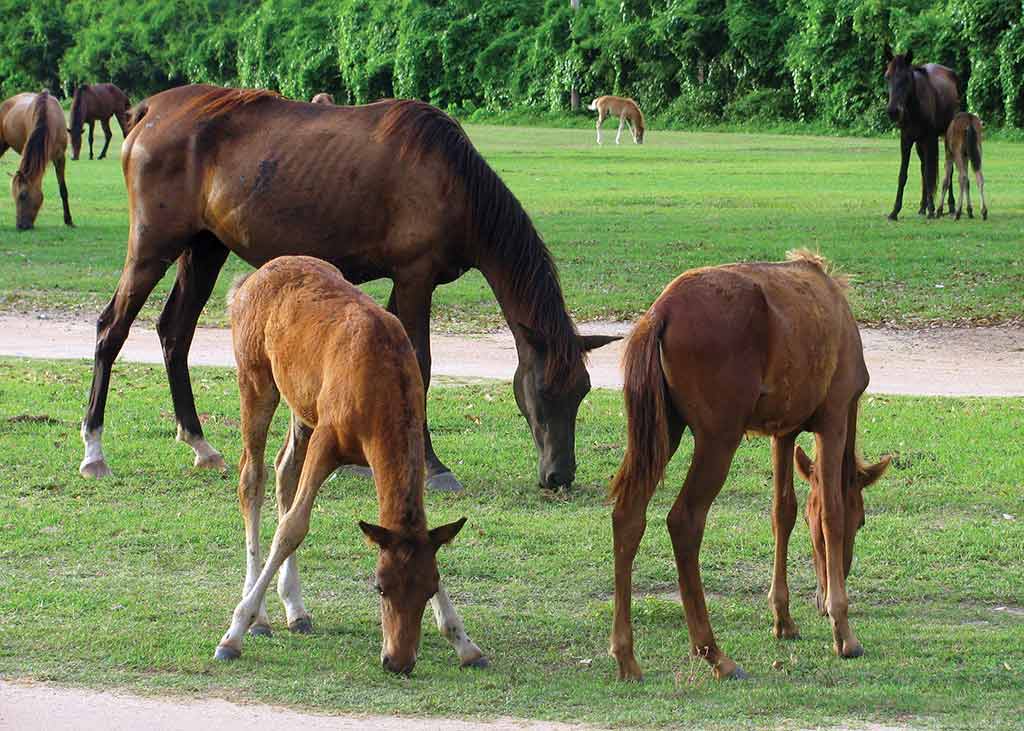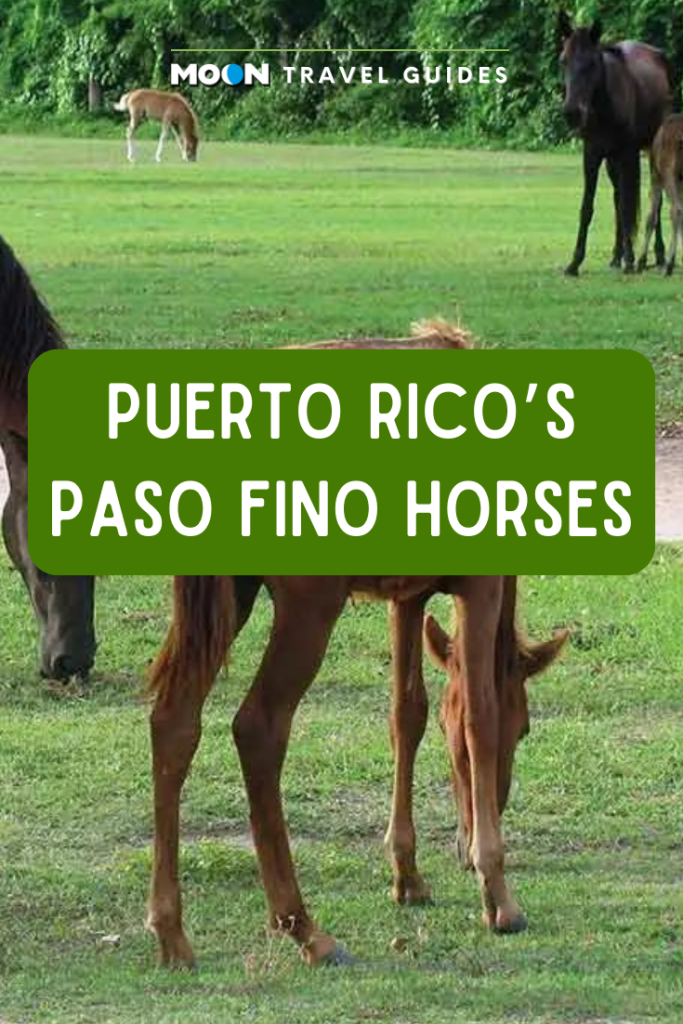Puerto Rico’s Paso Fino Horses
Although not indigenous to Puerto Rico, the Paso Fino horse is closely associated with the island because it was here and in the Dominican Republic where the Spanish conquistadors first introduced the mixed-breed horse. Sharing a family tree with the Moorish Berber, Spanish jennet, and Andalusian breeds, the Paso Fino is a superb saddle horse thanks to its unusual gait. Unlike other horses, its feet fall in a natural lateral pattern instead of a diagonal pattern, which creates a smoother ride for its passenger.

Puerto Rico’s Paso Fino horse is typically smaller than horses in the United States, coming in somewhere between 13 and 16 hands high. Their body shape varies from stocky to lithe, and they can be found in every equine color except the Appaloosa pattern. Besides their unusual gait, Paso Finos are characterized by a high level of endurance, great agility, and remarkable obedience.
Juan Ponce de Léon reportedly introduced the horse to the island in 1521, bringing with him 50 specimens of the mixed breed from Spain. They were quickly put into service working farms, providing transportation, and participating in military maneuvers.
In 1610 the San Juan Races were established as part of the city’s patron saint festivities. As a testament to their smooth gait and obedience, the horses were raced without the use of reins. In fact, riders reportedly crossed their arms over their chests and smoked tobacco while their steeds raced to the finish line.
Through the careful selection of mares and stallions that best embodied the horses’ unique traits, a specific breed began to develop by the 1700s, although it wasn’t until the mid-1800s that the Spanish government officially recognized the breed.
Today, there are about 8,000 registered purebred Puerto Rican Paso Fino horses. They’re still used for transportation in rural parts of the island—most notably in Vieques and Culebra, where they also roam and graze freely throughout the islands.
Guided trail rides on Paso Finos are available along beaches and through tropical forests with Tropical Trail Rides (787/872-9256) in Isabela, Pintos R Us (787/516-7090) in Rincón on the west coast, and Carabalí Rainforest Adventure Park (787/889-5820 or 787-889-4954) in Luquillo on the east coast.
Related Travel Guide
Save for Later


